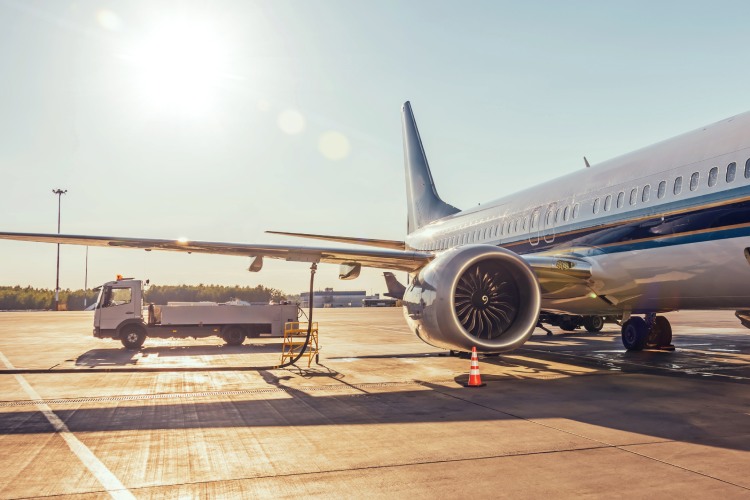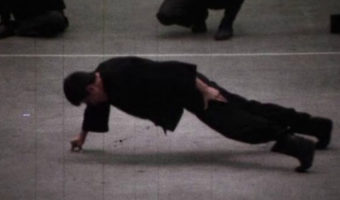Why Do Flights Take a Curved Rather than a Straight Route when Flying Over the Pacific Ocean?
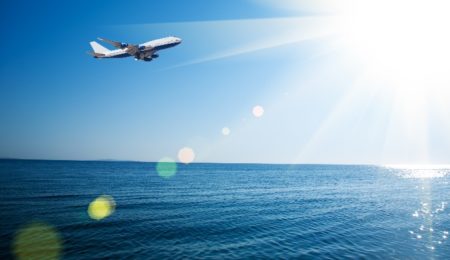
Over the years, air travel has witnessed remarkable advancements, with planes taking even the most challenging routes. Flights from North America to Europe or Asia crossing the North Pole is one such feat that would have been deemed impossible in the past. However, there is one exception, i.e., even today, Airplanes don’t fly over the Pacific Ocean. Instead, they prefer to take a curved route over the Pacific Ocean, which may seem counterintuitive to saving time. So, what is it about the Pacific Ocean that keeps airlines at bay? Let’s find out.
Table of Contents
The cost of flying plays a big role in the flight path
The name of the game in air travel is saving both time and money. Jet fuel is costly, and airlines are doing everything they can to get from point A to B in as little time and with as little fuel as possible. An aircraft such as the Boeing 747 uses around one gallon (approximately four liters) of fuel every second or approximately five gallons of fuel per mile (12 liters of fuel per kilometer). Throughout a 10-hour flight, it could easily burn through 36,000 gallons (150,000 liters).
The other determining factor is the duration of the flight. Airlines must pay operational costs for the entire time the flight is airborne. This includes not only fuel but also the staff, such as the stewards and pilots. It’s also no secret that passengers want to reach their destination as quickly as possible. This is why planes don’t fly straight over the Pacific Ocean, as such a journey would take too much time and fuel. Charting the quicker route is of paramount importance to an airline.
But how does flying in a curved route save time and fuel?
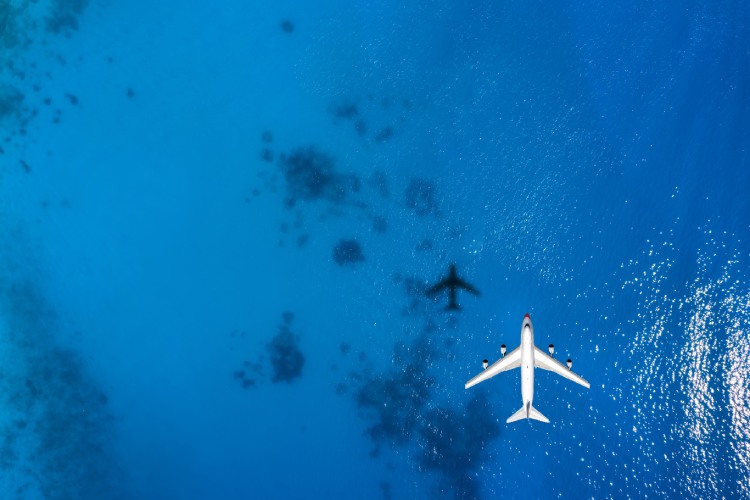
The routes chosen by airlines have a lot to do with the curvature of the Earth. The Earth is not a perfect sphere. It is a bit flatter at the poles, and it has what is known as an “equatorial bulge.†This is due to the rotation on its axis. Earth’s diameter at the equator is 7,926 miles (12,756 km), while at the poles, it’s 7,900 miles (12,714 km). This means the distance between two points on the Earth is different from all paths.
Flying the “Great Circle Route,†which is around the smaller circumference of the Earth, saves a huge amount of time and fuel. Airlines also choose routes that include jet streams, fast-flowing, narrow air currents, and tailwinds reaching over 200 miles per hour (320 kph). By flying in these wind corridors, flights can get to their destination quicker while consuming a lot less fuel. A curved route may also help avoid opposing jet streams and turbulence.
Planes don’t fly over the Pacific Ocean due to a lack of potential landing destinations in the event of an emergency
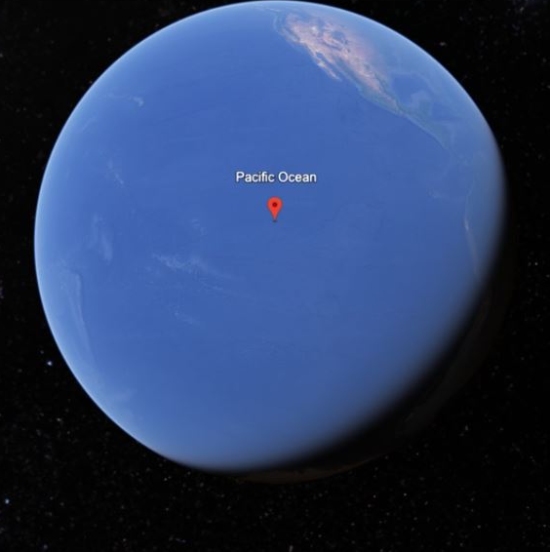
Another reason planes don’t fly over the Pacific Ocean is because of its sheer vastness. As the largest ocean on our planet, finding a strategic location to land the plane in the event of an emergency would be difficult. While pilots are trained to land in the water, landing in the open ocean is still risky due to the choppy waves and fast wind speeds. Pilots would also have to consider any adverse weather conditions, such as oceanic storms.
Pilots also prefer to choose routes that cross most airports. In the event of an emergency, such as a mechanical failure or a medical incident, landing at an airport would offer a quicker resolution to the emergency. After all, flying over the Pacific Ocean with a failed engine would be a nightmare scenario for even the most seasoned pilot.














